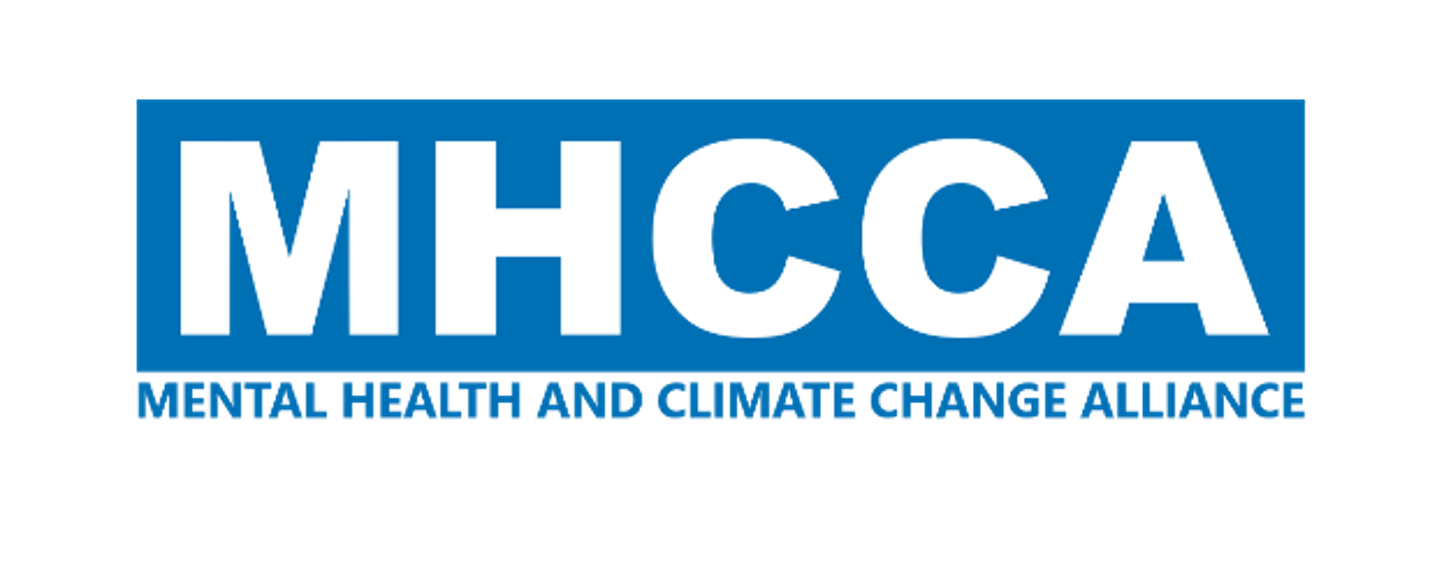
Structured Brainbrowseing and Ideation
Structured Brainbrowseing/Ideation is an essential method for Climate Resilience Groups looking to harness a wide array of innovative ideas quickly and efficiently. This 60-90 minute session accommodates any group size, focusing on generating and categorizing ideas related to enhancing climate resilience, such as strategies for reducing carbon footprints or boosting community engagement. In a non-judgmental and open setting, participants contribute ideas in turn, which are visually captured by a facilitator on a flipchart or whiteboard. This first phase is purely generative, aimed at amassing a diverse set of suggestions without critique. The session progresses to evaluating and categorizing these ideas, helping to clarify focus areas and set priorities. This structured approach not only fosters a dynamic and inclusive environment but also effectively organizes collective thought for actionable planning, making it an excellent strategy for groups committed to making substantive changes in their approach to climate resilience.
Steps:
Idea Generation:
Arrange participants in a circle or around a room.
Going around, each participant contributes one idea at a time related to climate resilience (e.g., strategies for reducing carbon footprint, enhancing community engagement, etc.).
The facilitator writes each idea on a flipchart, ensuring that all ideas are visible to everyone.
There is no critique, discussion, or building on ideas at this stage; the focus is purely on generating a wide range of thoughts.
Continue the rounds until no new ideas are forthcoming.
Idea Evaluation:
Review the ideas collected to eliminate duplicates and remove any that are out of scope.
Group similar ideas together on the flipchart or use sticky notes for re-arrangement.
Categorize the grouped ideas into themes such as immediate actions, ideas needing further exploration, and radical new approaches.
This structured categorization helps in understanding the breadth and depth of the group's thinking.
Duration:
Approximately 60-90 minutes
Group Size:
Suitable for any group size, but larger groups may require more time
Materials/Resources Needed:
A large flipchart or whiteboard
Markers
Sticky notes for later categorization (optional)
Accessibility Considerations:
Ensure the space is physically accessible for all participants.
Provide alternative means of communication for those who might not be comfortable speaking in large groups (e.g., writing down ideas).
Tips/Pointers:
Encourage a free-flowing environment where participants feel comfortable sharing any and all ideas, no matter how unfinished or unconventional.
Use a facilitator who can keep the process moving efficiently and ensure that all voices are heard.
Works well for Engaging all participants in a non-judgmental environment, eliciting a wide range of ideas, and reducing the impact of "group think".
For larger groups, consider having additional facilitators to manage the ideation process. Post-ideation, employ another prioritization method, such as dotmocracy, to select the most promising ideas for future planning and action.
